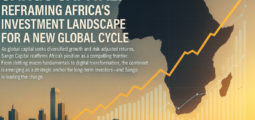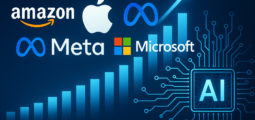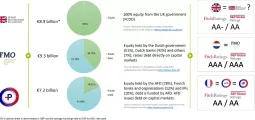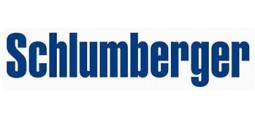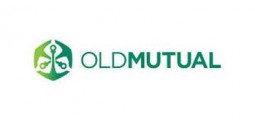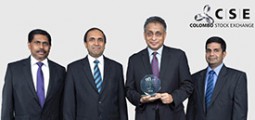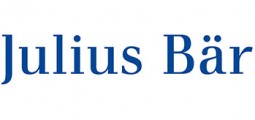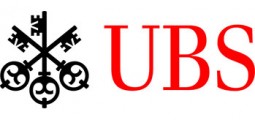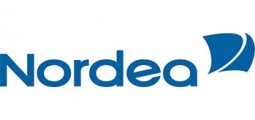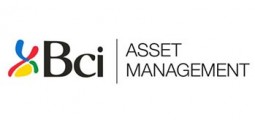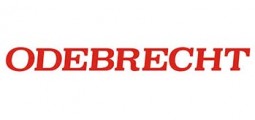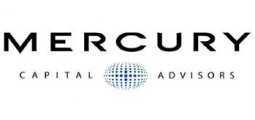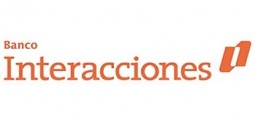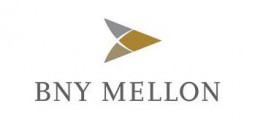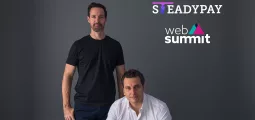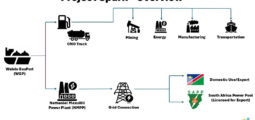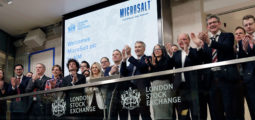Secondaries Soar: Private Equity’s Secondary Market
A once-niche market is booming, thanks to shifting needs, greater liquidity demands, and a growing appetite for investments.

The private equity secondary market, once a tiny segment of the investment world, is experiencing a tremendous spike in activity.
It allows investors to buy and sell existing stakes in private equity funds, and is now a prominent player providing liquidity, flexibility, and diversification opportunities for buyers and sellers.
There are several reasons for this boom. Investors face lengthy holding periods in private equity funds and want to rebalance their portfolios. The secondary market offers a valuable exit option. Investors with unexpected liquidity demands or strategy moves can benefit here.
Institutional investors, such as pension funds and endowments, are seeking ways to manage their private equity and obtain liquidity in a timely manner. The secondary market provides that option.
Private market investments have grown in popularity due to the returns potential and diversification benefits. The secondary market allows fresh investors to access the private equity field without having to commit to protracted lock-up periods.
Increased Market Participation
The market is growing more diverse, with a wider spectrum of firms joining the party. Traditional private equity firms, dedicated secondary funds, institutional investors and even sovereign wealth funds are all active players.
To suit the changing needs of buyers and sellers, new transaction structures are emerging. These include single-asset transactions, GP-led restructurings and continuation funds, which enable general partners (GPs) to extend the life of a fund while providing liquidity to investors.
Technology is increasingly significant in secondary trades. Online platforms and data analytics tech is expediting the deal-making process, increasing transparency and improving price discovery.
Benefits for All
The secondary market provides compelling benefits. Buyers get access to established private equity assets with a proven track record, lowering the risk of early stage investment. Secondary investments are often shorter in term than primary fund commitments.
Secondary purchases can sometimes provide more appealing pricing than primary investments, especially when sellers are motivated for a swift exit.
Sellers obtain liquidity for their private equity assets, allowing them to adjust portfolios, meet cash requirements, or pursue other goals. The market also enables sellers to manage their private equity portfolios, lowering concentration risk and optimising asset allocation.
Sellers can get rid of all or part of their stake in a private equity fund, allowing them to adapt their exit strategy to suit their needs.
The Outlook
In a word: positive. Various factors point to ongoing growth and expansion. Private equity firms have a record amount of “dry powder”, which could lead to a pipeline of future secondary transactions as they deploy capital and manage portfolios.
Regulatory developments, such as the Volcker Rule in the US, have restricted banks’ capacity to invest in private equity funds, potentially driving activity in the secondary market.
The secondary market is growing in Europe, Asia, and other regions. It has gone from a niche sector to a major player. Driven by shifting investor expectations, greater liquidity demands and a growing desire for private investments, the secondary market is positioned to play a critical role. As more players enter the market and new transaction structures arise, it will continue to provide fresh opportunities all round.
Additional Considerations
Buyers and sellers should perform extensive due diligence on potential secondary deals, examining the underlying assets, assessing the GP’s track record, and understanding the transaction terms.
The market can be influenced by overall volatility and economic conditions. Investors should weigh the potential impact of these issues with care. Secondary transactions may include fees, such as broking commissions and legal charges. These should be taken into account.
This is a dynamic and changing scene worthy of attention. Understanding the key drivers, market characteristics and potential rewards can help investors to navigate this sector — and profit from it.
You may have an interest in also reading…
Deloitte & Touche: The Middle East’s Boost From Bank and Corporate Initiatives
The successful issuance of the Abu Dhabi Commercial Bank (ADCB) inaugural green bond in September 2022 is the latest in
Where To Invest In 2012
As some of the uncertainties surrounding the economy lift over the course of the year, attention is bound to turn
Kristalina Georgieva, CEO of the World Bank: Empowering Communities
Worldwide, around 500 million people live in “fragile situations,” mostly caused by armed conflict. Climate change threatens to add another













